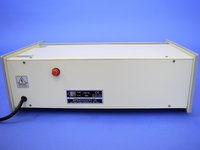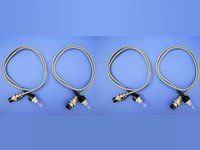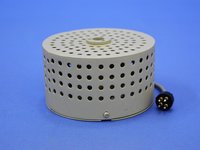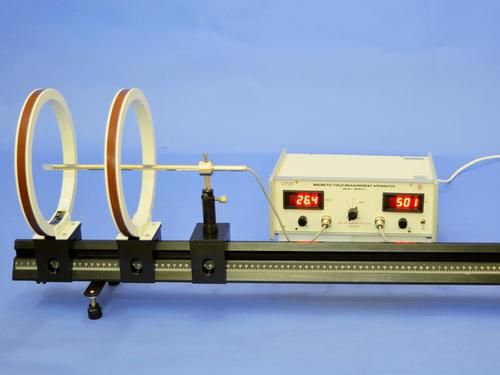Study Of Planck's Constant, PCA-01
Product Details:
- Color Grey
- Material Electronics
- Application Laboratory Instruments
- Weight 20 Kg
- Usage Laboratory Instruments
- Display Type Digital
- Click to View more
Study Of Planck's Constant, PCA-01 Price And Quantity
- 1 Set
Study Of Planck's Constant, PCA-01 Product Specifications
- Grey
- Laboratory Instruments
- 20 Kg
- Digital
- Laboratory Instruments
- Electronics
Study Of Planck's Constant, PCA-01 Trade Information
- Cash on Delivery (COD), Cheque, Delivery Point (DP), Telegraphic Transfer (T/T), Cash Against Delivery (CAD), Cash in Advance (CID), Cash Advance (CA)
- 100 Set Per Month
- 1 Week
- Contact us for information regarding our sample policy
- Complete in all respect
- Asia, Australia, Central America, North America, South America, Eastern Europe, Western Europe, Middle East, Africa
- All India
- ISO 9001: 2015 CE
Product Description
Study Of Planck's Constant, Pca-01
We offer Study of Planck's Constant very useful for Physics and Material Science labs. Several proposals to measure the Plancks Constant for didactic purposes, using the current voltage (I-V) characteristics of a light emitting diode (LED) have been made quite regularly in the last few years. The physical interpretation however is not completely clear and this has raised many discussions, which have been published almost with same regularity as the proposals themselves.
the present experiment is based on diode current for V0, using the diode law.
l = l0 exp [-e(V0 V)/kT]
where, e is electronic charge, k is Boltzmann constant, T is absolute temperature and h is material constant which depends on the type of diode, the location of recombination region, etc.
The correct method to determine the real height of the potential energy barrier V0 is to directly measure the dependence of the current on temperature keeping the applied voltage V slightly below V0.
Compare with previous methods, this determination of V0 is more precise and more accurate and at the same time the physical interpretation is more transparent. The Plancks constant is then obtained by the relation
h = e V0/c
The set-up is a self contained unit. All the necessary facilities and measuring devices are built in a single unit, as a result only minimum of external connections need to be made.
Dependence of current (I) on temperature (T) at constant applied voltage (V)
The following facilities are built in for this
Current Meter:
- A highly stable current source with 3 digit display.
- Range: 0-2mA with resolution of 1mA
Oven, PCA-01:
- It is a small temperature controlled oven with built-in RTD sensor.
- Temperature adjustable from ambient to 338K
- Digital display of temperature
- High stability 1K
- Variable Voltage Source (0-2V)
- A high stability voltage source with 3 digit display.
Material Constant:
To draw I-V characteristics of LED for determination of a variable voltage source and a current meter are provided with 3 digit display.
The wavelength of light emitted by LED:
These are taken from LED datasheet or measured by a transmission grating, and are provided with the set of LEDs.
The experiment is complete in all respect.

Price:
- 50
- 100
- 200
- 250
- 500
- 1000+
 English
English Spanish
Spanish French
French German
German Italian
Italian Chinese (Simplified)
Chinese (Simplified) Japanese
Japanese Korean
Korean Arabic
Arabic Portuguese
Portuguese












 Send Inquiry
Send Inquiry Send SMS
Send SMS Call Me Free
Call Me Free
